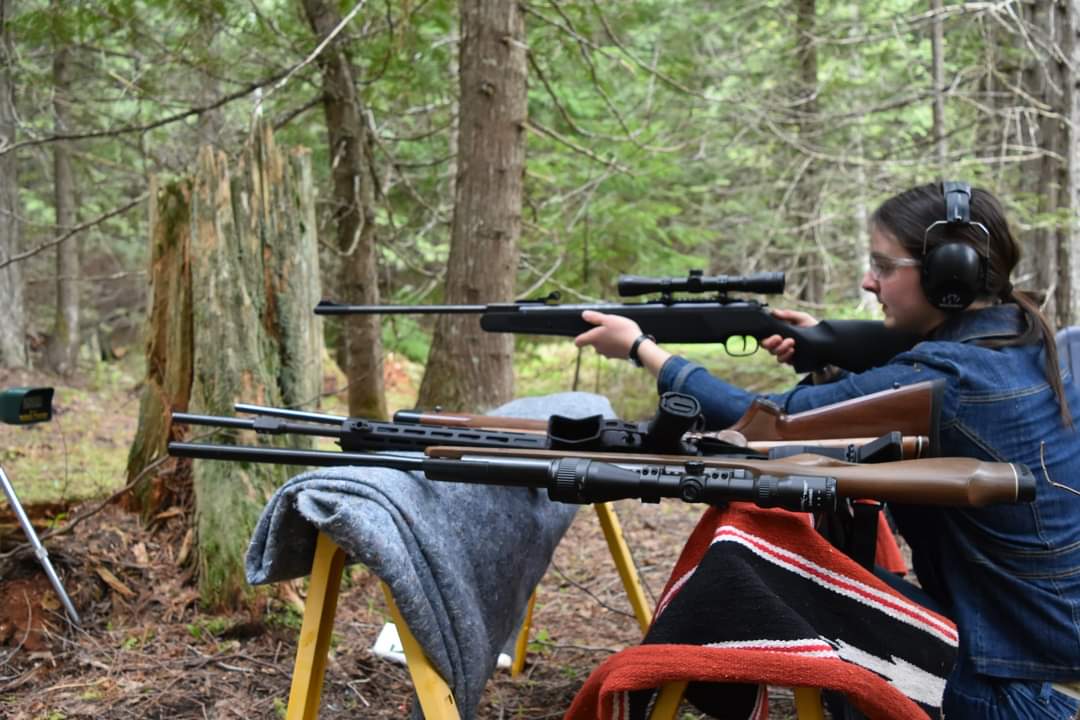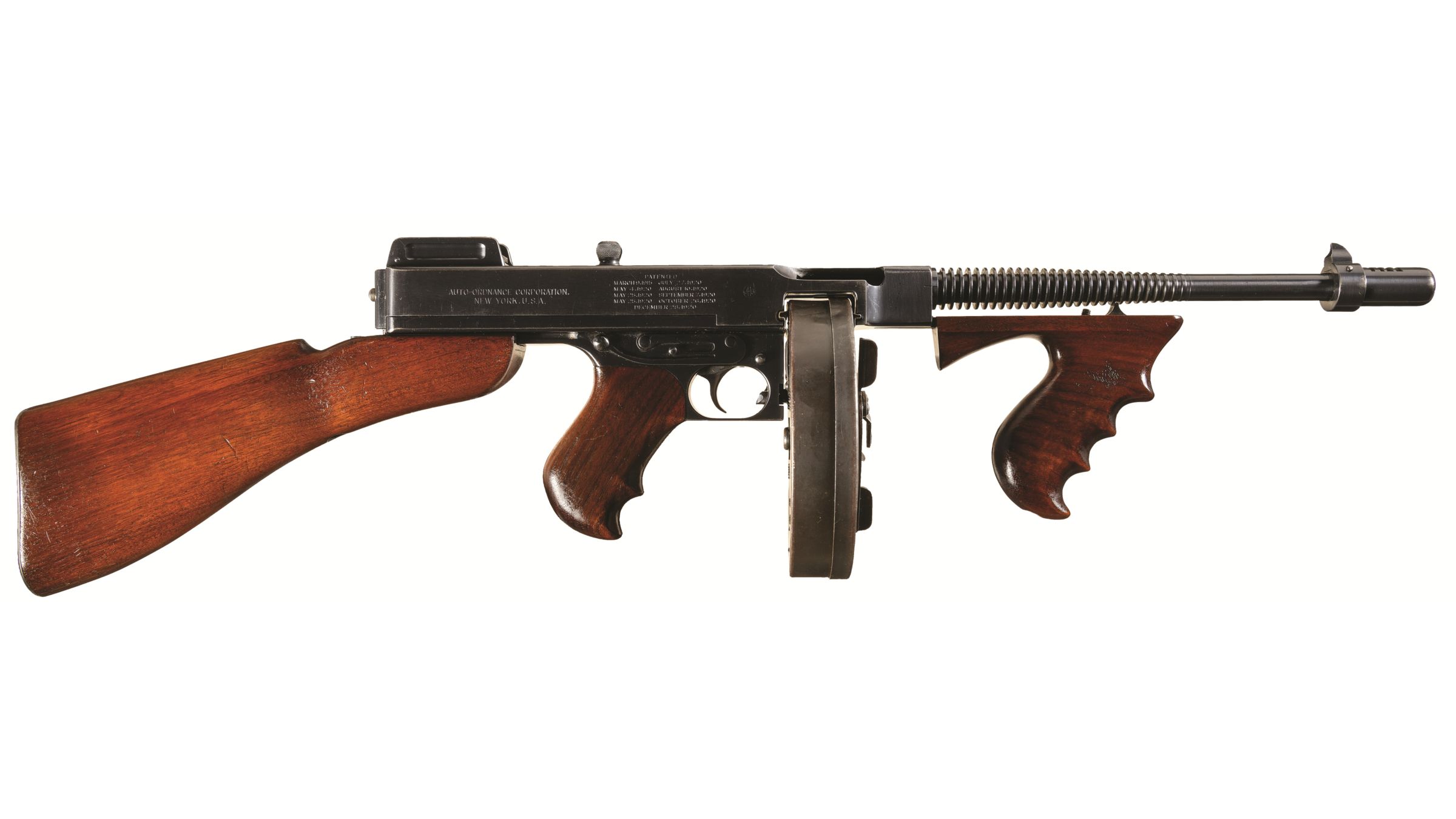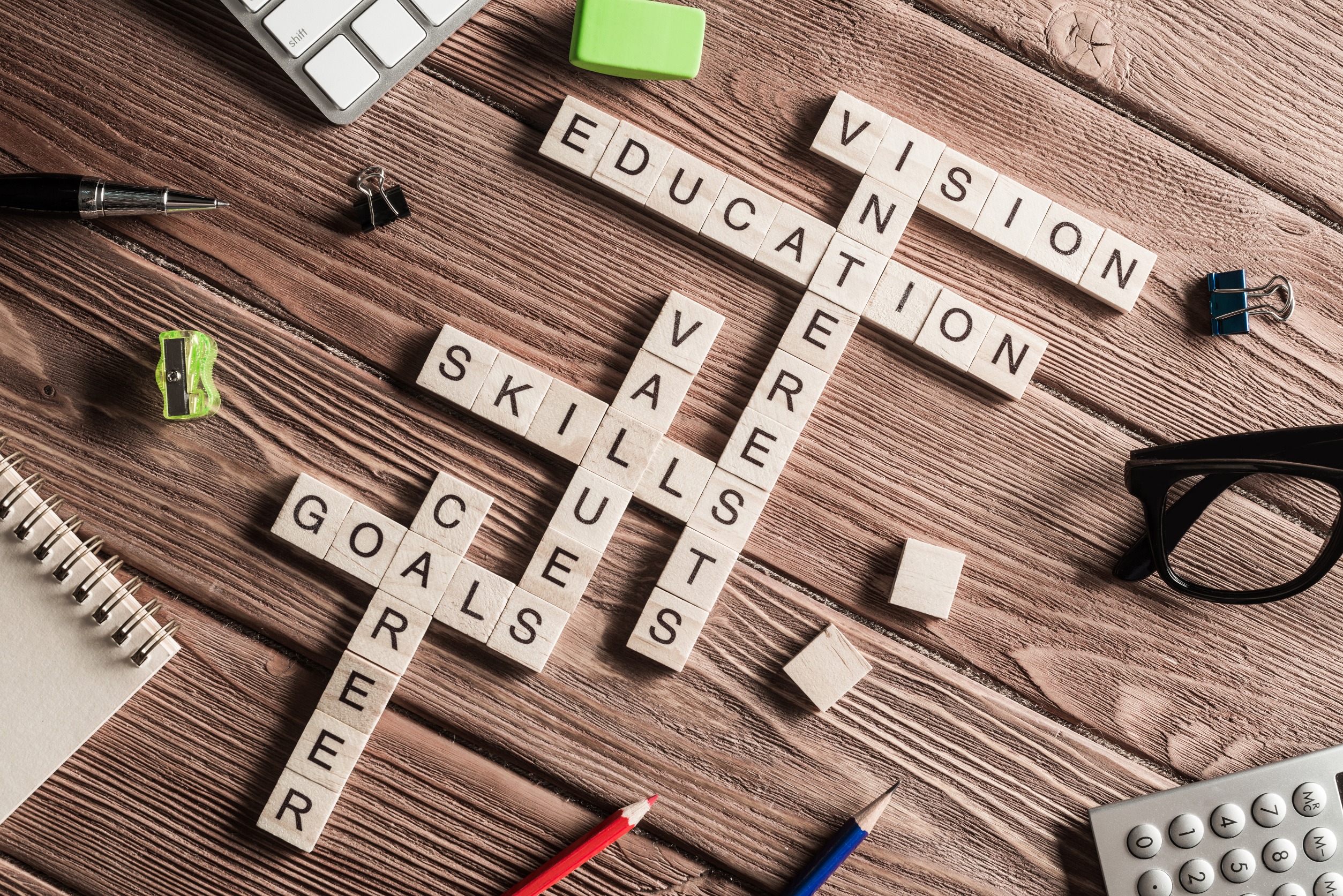WOG’s 2 Cents – Column by Brian D. King
A frequently asked question is: “Why does the school have such an emphasis on shooting guns?”
We have many reasons.
We started the school and camps with a farm and wilderness focus in 2002. Roughly five years in, I had ten campers representing all age groups and their parents evaluate the program. One question we asked was, “What do you want us to do that we are not already doing?” They loved our archery program, but I was surprised both the kids and parents wanted us to add firearms to our curriculum. We took that on to raise our bar. In about five years, we became certified rifle, pistol, and shotgun instructors, as well as state hunter education instructors, and acquired all the necessary equipment. We also had to move to a different venue. Firearms training has now become a focus for us.
Soon, all students were learning firearms safety and basic shooting skills. Most of the students wanted to have camps focused on hunting skills and marksmanship. In time, the firearms training became the vehicle to learn math, scientific measurement, mechanics, statistics, physics, even history, literature, and discipline.

Here is how we use it to teach math and physics. The students learn geometry to know how to adjust the sights to move the bullet into the center of the target at 100 yards away by calculating the angle the sights are off and determining how many clicks of the sight adjustment is necessary to correct the error. The students also keep a tiny journal for each firearm they shoot to document these corrections so during a tournament they can make corrections in a short time without wasting a shot. They also apply the physics of the rise or drop of the bullet depending on the density of the air. First, they note the bullet weight and the ballistic coefficient to find the muzzle velocity for the ammo. Then, they measure the wet and dry bulb temperature, with that they calculate the relative humidity. They also measure the barometric pressure and the wind at the target. They have been measuring wet and dry bulb, barometric pressure, and wind each morning for years. We do this to calculate the fire hazard, and now they are using this to understand bullet flight. By doing this, they learn to be able to know sight correction before taking their first shot regardless of hunting or in a tournament. This habit is transferable to other interests and many world class archers do the same thing. At the Olympic training center, I have watched coach Kisik Lee walk up to an archer, reach down, and read the athlete’s last entry in the little notepad hanging from the quiver. He is looking for date, venue, weather, and sight settings, as well as one more thing I will share in a future WOG’s 2 Cents column.
An example of guns relating to history: “Taxation without representation” is what we were all taught started the revolutionary war, but truly the King’s men trying to confiscate the gunpowder, lead balls, and rifle flints in Lexington on April 19, 1775, is what brought the people out of church to fight the British and drove the writing of the Declaration of Independence. The students learn that the average man and woman at the time did not only own guns, but their guns were better than the British arms. Additionally, these citizens were marksmen and even carried their guns to church. This was key in beating the world’s mightiest war machine.
Safety is also a huge reason all schools should teach the fundamentals of shooting. Boys are drawn to guns like they are drawn to water, and both can be dangerous. Kids should be taught to swim and most community pools do. We walk the talk and teach 100 percent of our students firearm safety with hands-on practice. You never know when or where a gun will turn up. All our students have experience clearing a loaded firearm (thereby making an unsafe situation safe) regardless of the type of action.
Soon our students will be building their own rifles that they will use to qualify as marksmen.
I will address some other key benefits next month.







